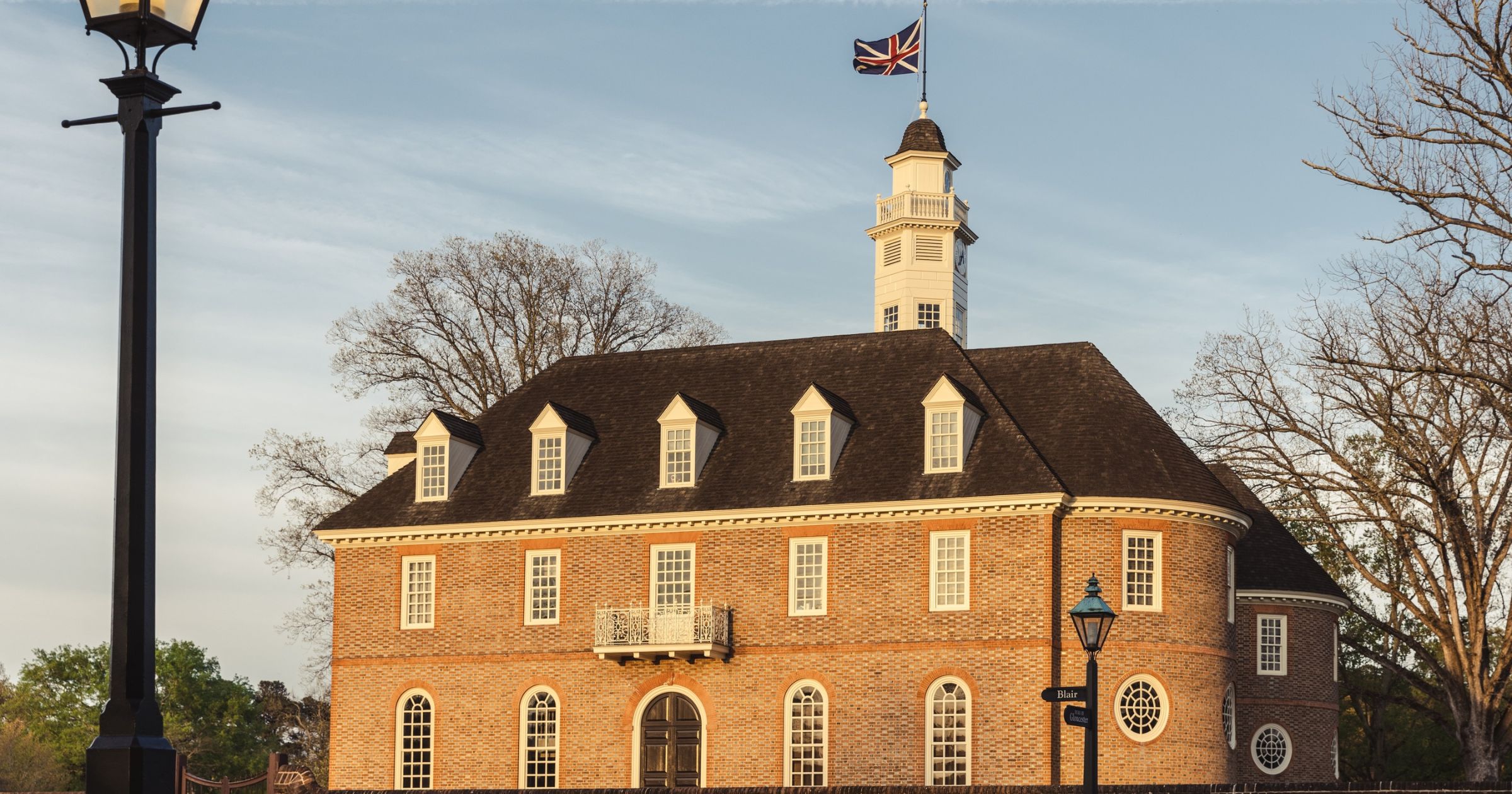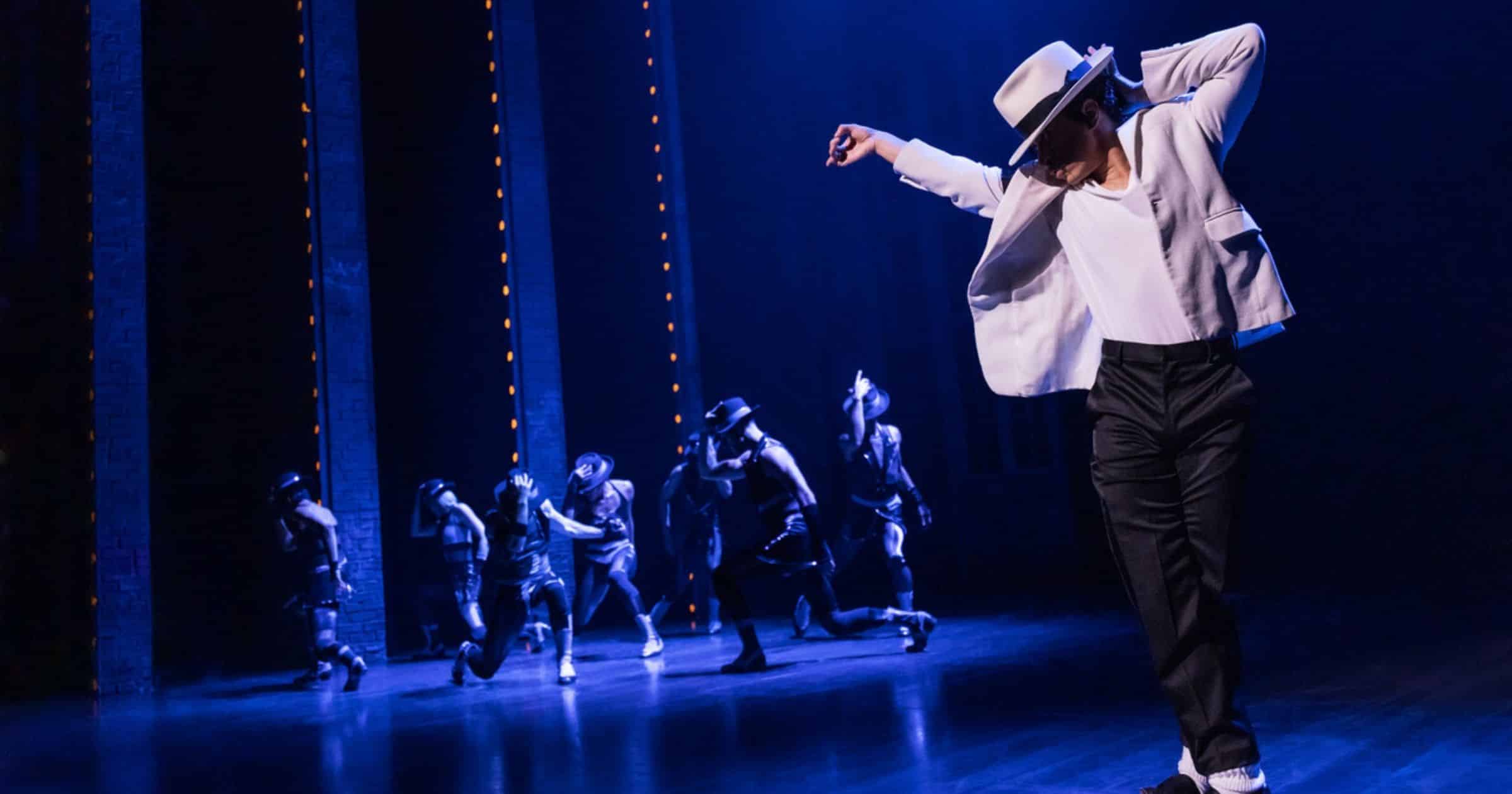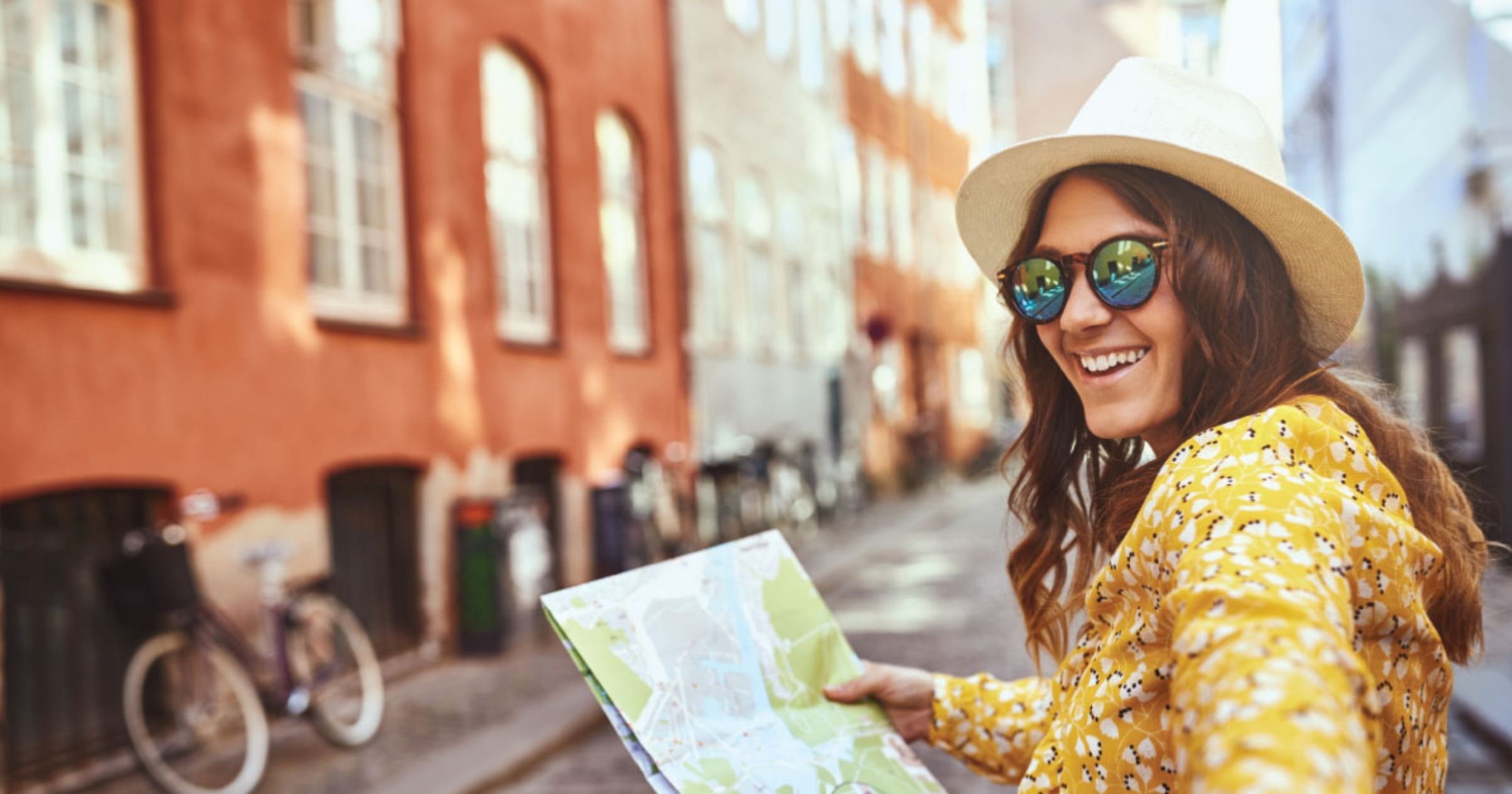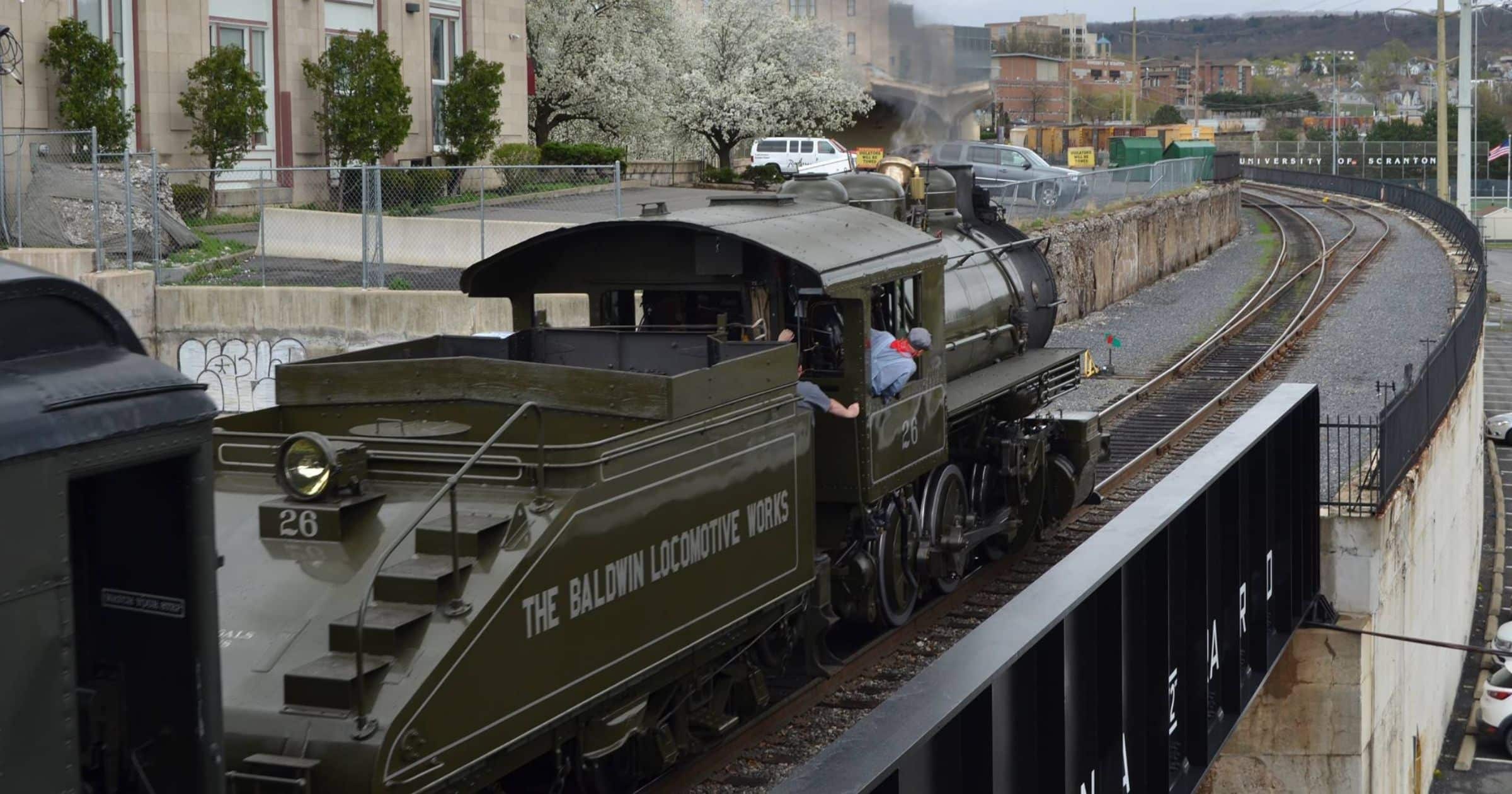Colonial Williamsburg has been a trusted source of education for almost a century, delivering on its mission that the future may learn from the past. Home to the world’s largest U.S. history museum, students can explore over 300 acres of living history.
Students can meet people of the past and discover stories about the triumphs and struggles of the country’s founding generation. From recognizable names like Thomas Jefferson and George Washington to people whose names did not grace history books, students can meet Nation Builders, the men and women whose ideas helped forge a revolution and shape a new nation.
Research supports the experience at Colonial Williamsburg. Teams of archaeologists, conservationists, preservationists, and researchers actively uncover the past to better inform the future. Students can see this work in progress as they stroll the streets of the historic city. Be sure to visit the Williamsburg Bray School, Colonial Williamsburg’s 89th original 18th-century structure, and one of the oldest known structures dedicated to the education of enslaved and free Black children. The building was recently discovered hiding in plain sight on a nearby college campus and, since that time, has been relocated to the Historic Area. Here, students can learn more about the process of discovering the school and the role of the institution in the Williamsburg community.
Throughout the city, students will encounter a variety of trade shops, including woodworking, apparel, farm-to-table, metalworking, and specialty trades. Students can meet modern-day craftspeople practicing historic trades, just as they would have in colonial America, and learn more about the role of industry during the American Revolution.
On their trip, students can explore American history beyond what they read in their textbooks. From learning about secret meetings to discussing independence in the Raleigh Tavern to exploring the opulent Governor’s Palace, to encountering the community’s diverse perspectives, your students will quickly discover that in Williamsburg, when you ask a question of history, it answers back.
Learn more at https://www.colonialwilliamsburg.org.
Photo courtesy of Colonial Williamsburg.




